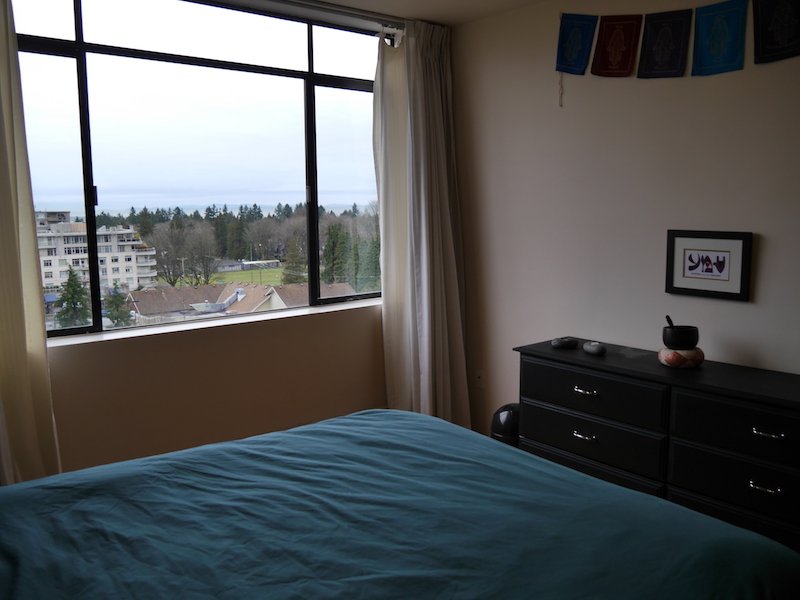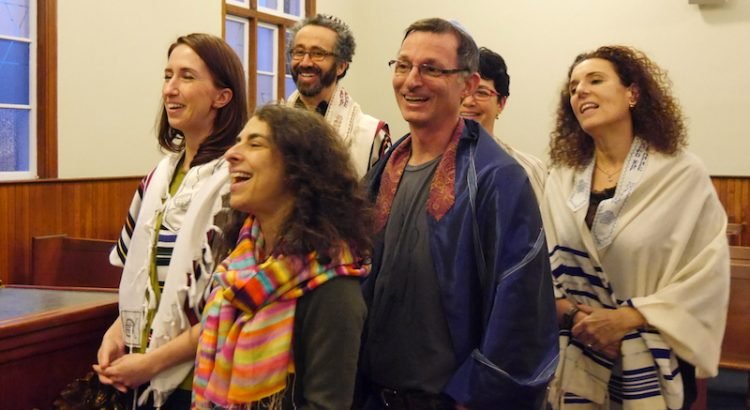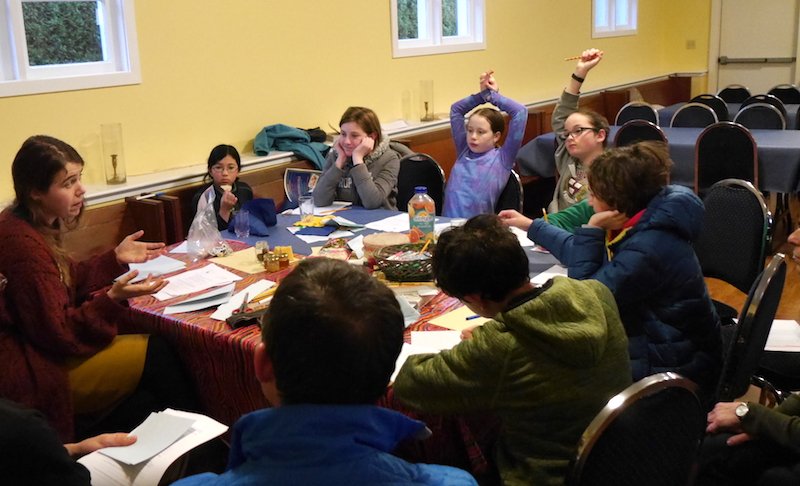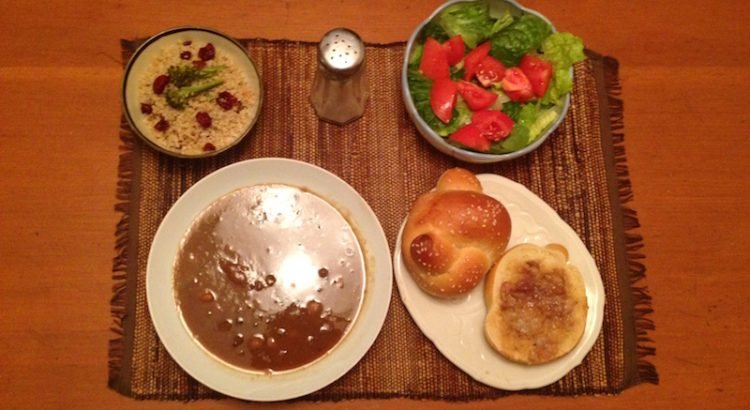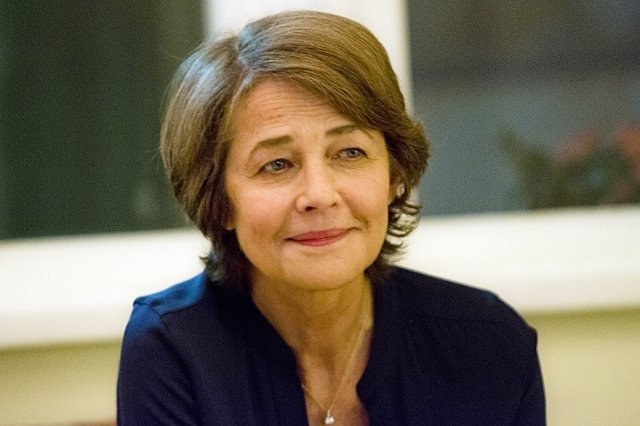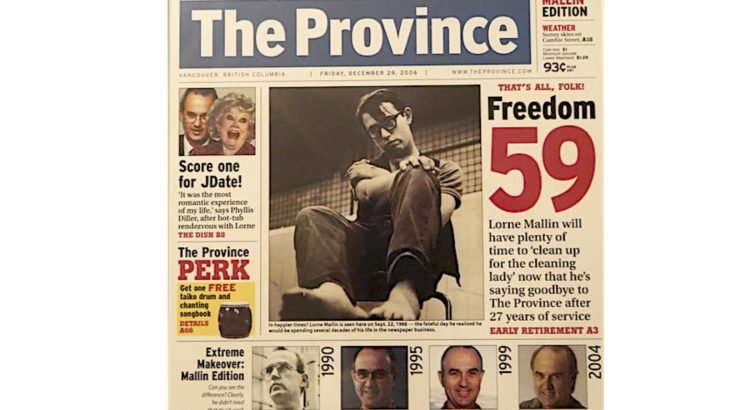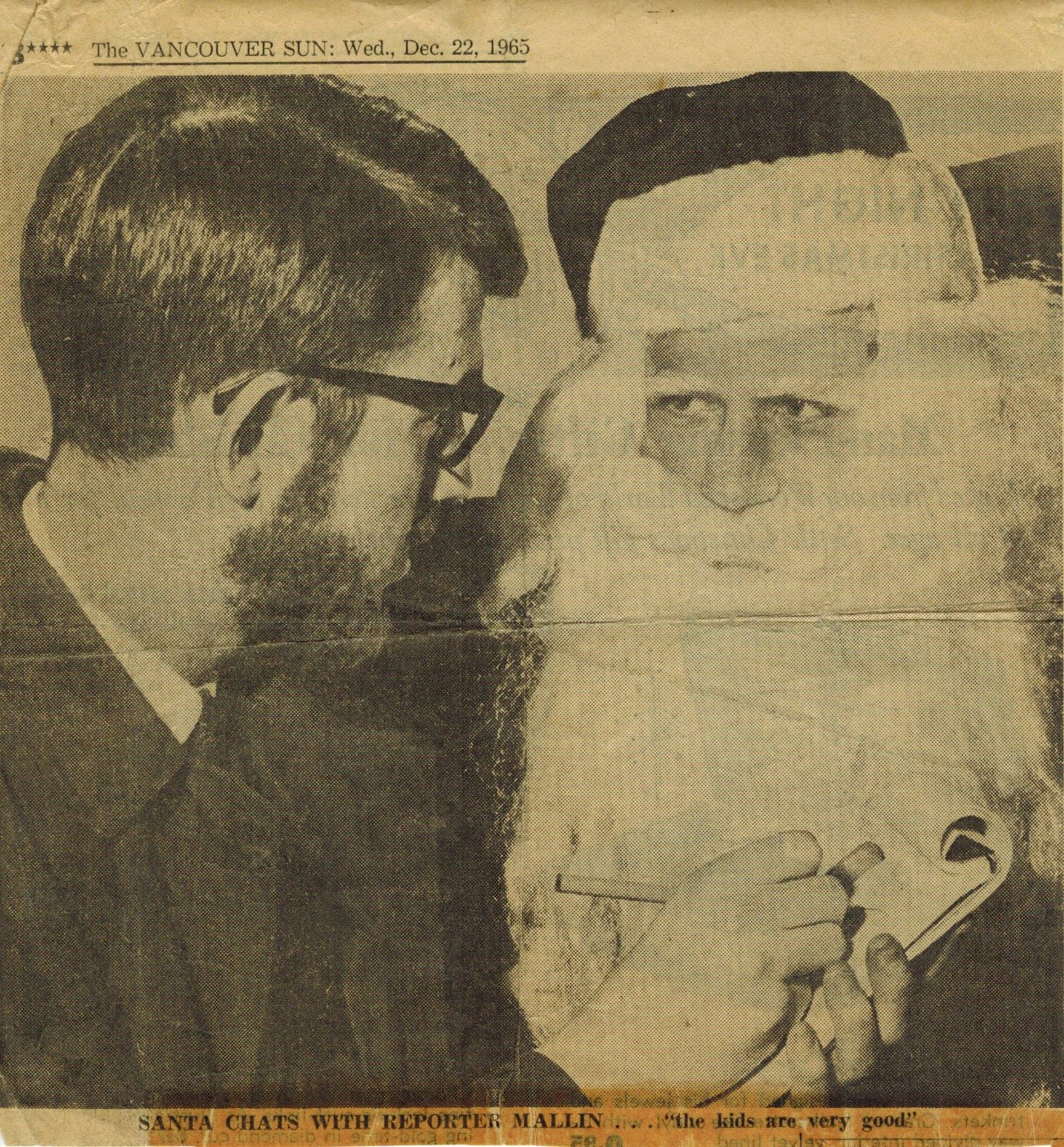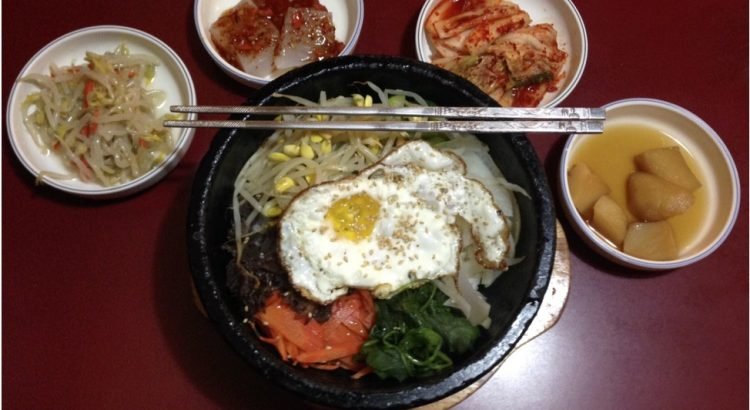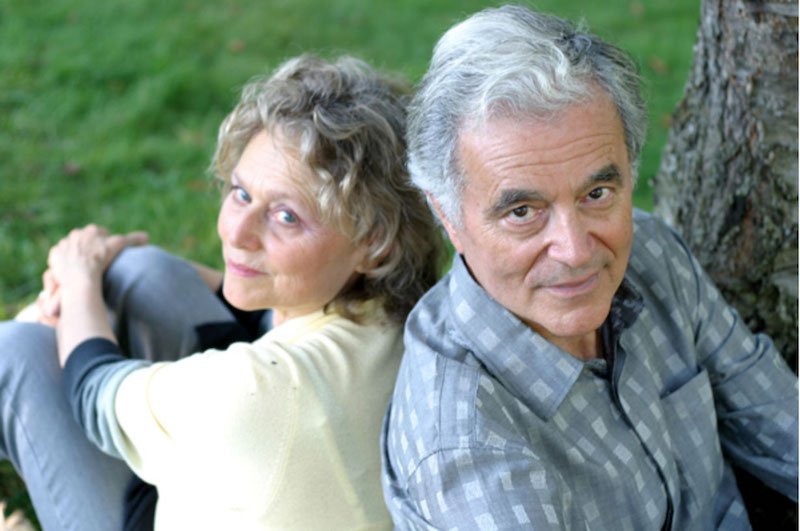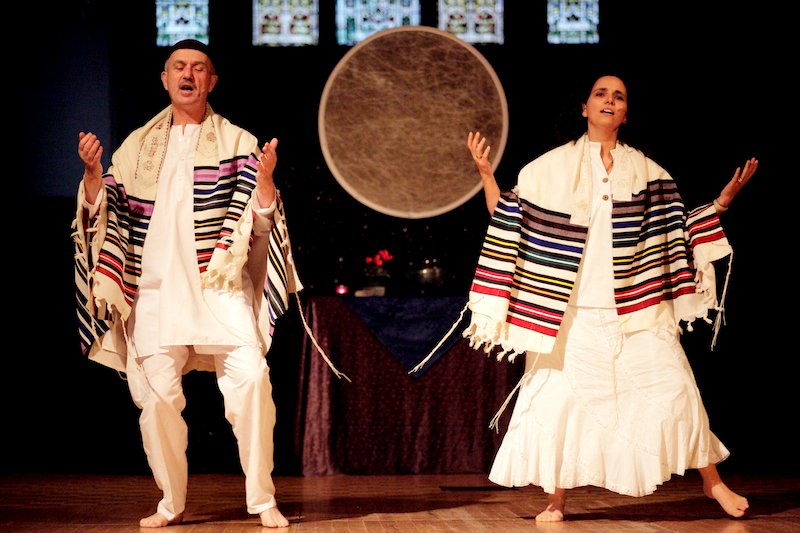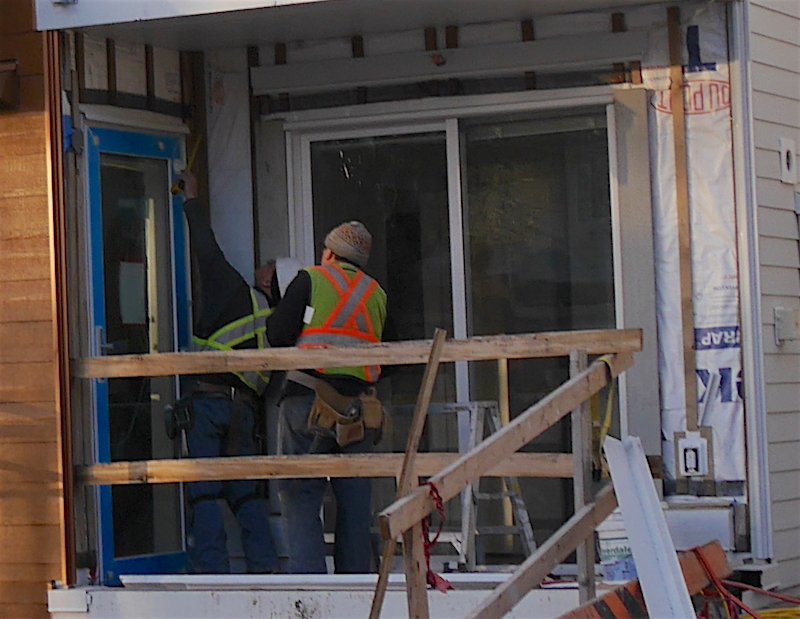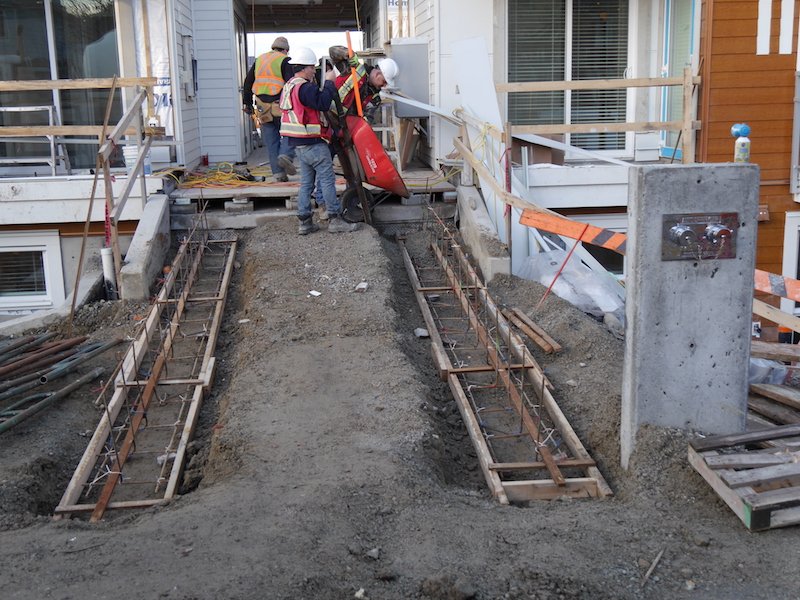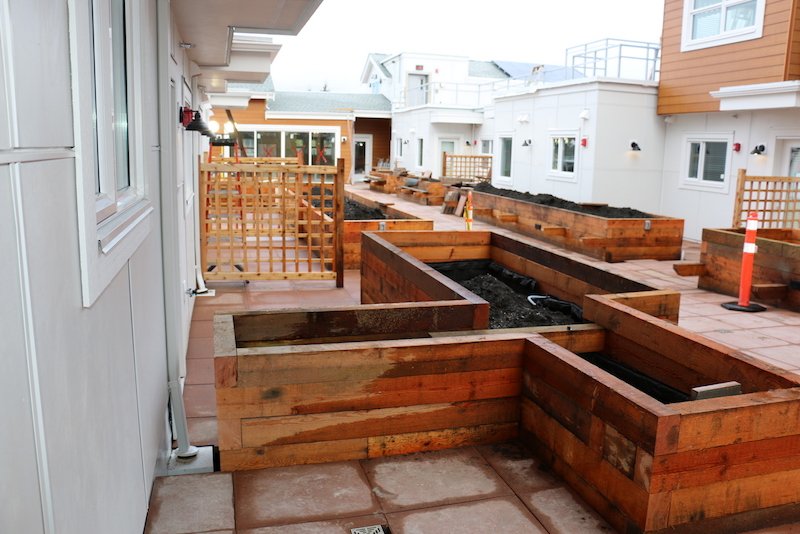On a clear day, you can see forever. That’s true of the view from my place in Kerrisdale. But as for living in Vancouver Cohousing, I can’t see that far ahead. So I’m hedging my bets by looking to sublet my apartment for six to 12 months from March 1 while I give cohousing my best shot.
I love my cohousing community. We’ve been meeting monthly – making all our decisions by 100% consensus – working in committees and hanging out at social events for almost four years. I feel close to many of our members. But we haven’t lived together yet. Will it meet my needs for a balance of privacy and community? Will all the benefits of living in community outweigh the serenity of my current home?
If you know anyone who might be interested in my place, please let them know. I’m leaving it furnished because very little of my furniture will fit my new home. Here are some of the details:
• Kitchen: Stove, fridge and microwave. Dishes, pots and utensils
• Bedroom: Bed, dresser, desk and chair. Pillows, sheets and down duvet
• Living room: Leather sofa, coffee table, easy chair, bookcase, bookshelf stereo
• Dining room: table and four chairs
• Bathroom: Tub/shower combo
• Underground parking for one vehicle
• $1,490 a month, $745 security deposit required. Hydro, heat & hot water included
• No TV. Wifi not included – arrange your own service
• No pets
• No smoking
• One block to buses
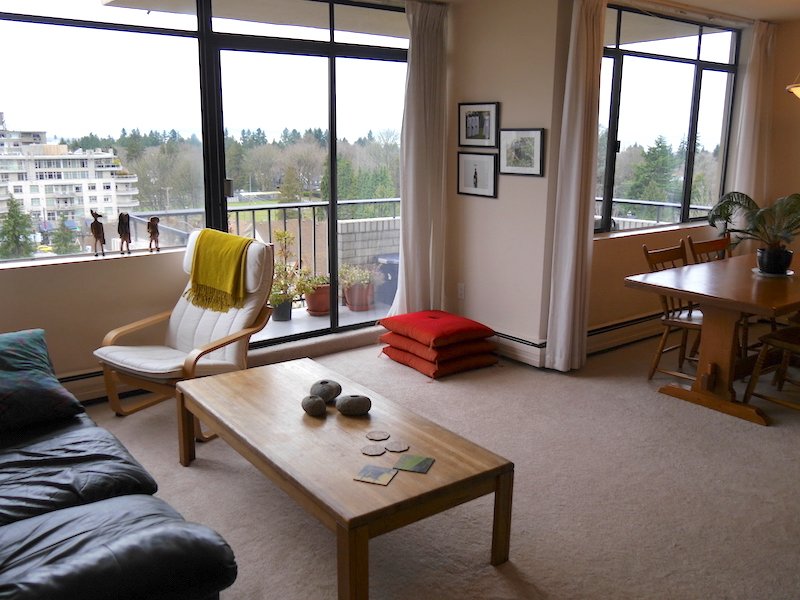 pace
pace
